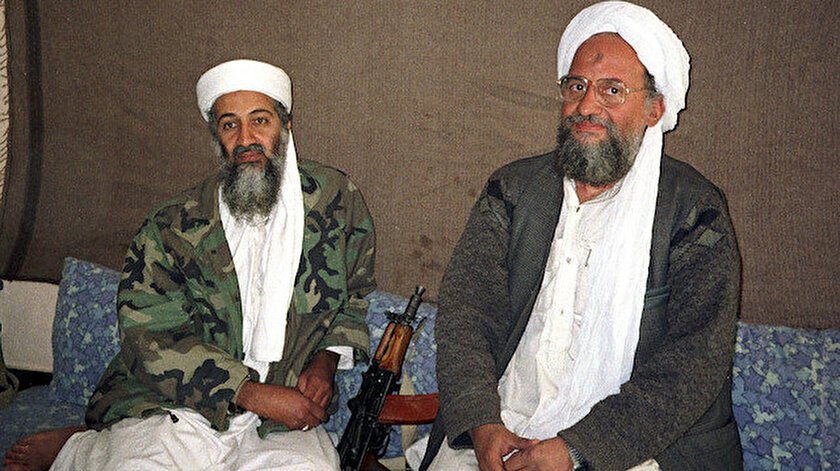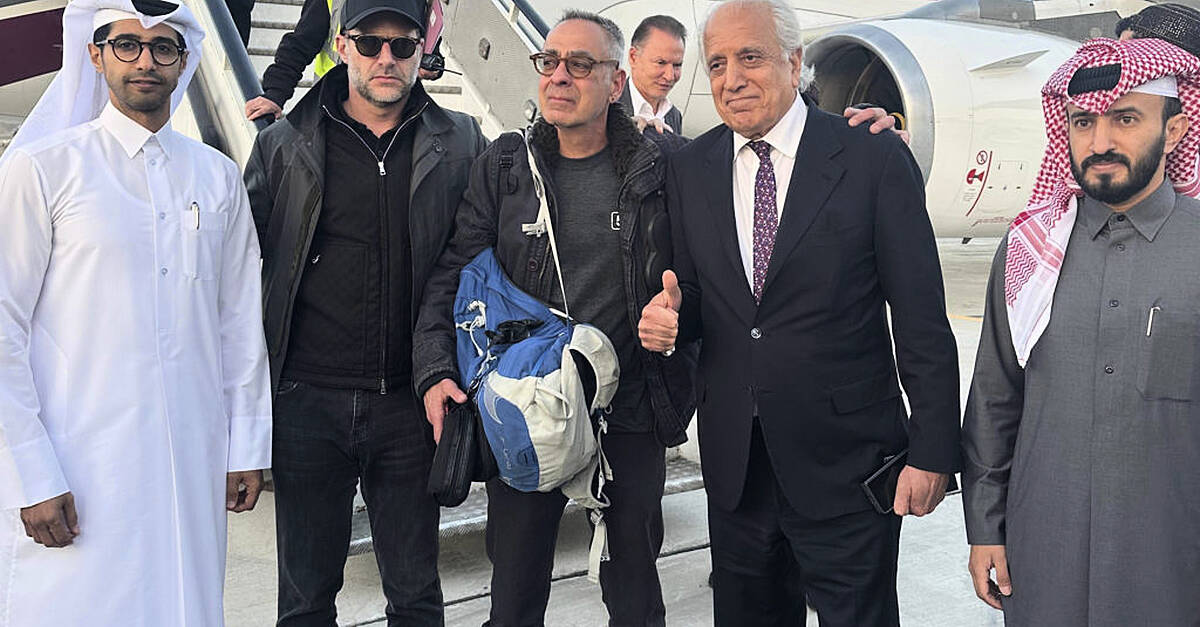According to four government officials, Indian Prime Minister Narendra Modi’s government has decided to suspend a $23 billion program aimed at boosting domestic manufacturing, just four years after launching an effort to lure companies away from China with US support.
Two of the officials, speaking to Reuters, said that the program would not be expanded beyond the 14 pilot sectors, and production timelines would not be extended, despite requests from some participating firms.
According to public records, approximately 750 companies, including Apple supplier Foxconn and Indian conglomerate Reliance Industries, enrolled in the Production Linked Incentive (PLI) scheme.
These firms were promised cash payments if they met individual production targets and deadlines. The goal was to increase manufacturing’s share of the economy to 25% by 2025.
However, according to government documents and correspondence reviewed by Reuters, many firms participating in the program failed to begin production, while others that met production targets found that India was slow to pay the subsidies.
According to an undated analysis of the program compiled by the trade ministry, as of October 2024, participating firms had produced $151.93 billion worth of goods under the program, or 37% of Delhi’s target. The document stated that India had disbursed only $1.73 billion in incentives, less than 8% of the allocated funds.
Reuters was the first to report the news of the government’s decision not to extend the plan and the details regarding the delays in payments.
Modi’s office and the trade ministry, which oversees the program, did not respond to requests for comment. Since the plan was implemented, the manufacturing industry’s share of the economy has decreased from 15.4% to 14.3%.
Foxconn and Reliance, which currently employ thousands of contract workers in India, did not return requests for comment.
Two government officials told Reuters that the termination of the program does not mean that Delhi has abandoned its manufacturing goals, and that alternatives are being planned.
The government had defended the program last year, particularly highlighting its impact on boosting pharmaceutical and mobile phone production. Approximately $620 million, or 94%, of the incentives paid between April and October 2024 were directed to these two sectors.
According to the analysis, some food sector companies that applied for subsidies were not granted incentives due to factors such as “non-compliance with investment thresholds” and the companies’ “failure to achieve the projected minimum growth.” While the document did not provide details, it noted that production in the sector had exceeded targets.
One Indian official, speaking to Reuters on condition of anonymity, said that excessive bureaucracy and bureaucratic caution continue to hinder the program’s effectiveness.
Another official said that India is considering supporting specific sectors by partially reimbursing investments made to establish facilities, allowing firms to recover their costs more quickly rather than waiting for production and sales.
Biswajit Dhar, a trade expert at the Council for Social Development, a Delhi-based think tank, said that the country may have missed an opportunity.
Dhar emphasized that the incentive program was “probably the last chance we had to revitalize our manufacturing sector.” He questioned, “If this kind of mega program fails, do you have any expectation that anything will succeed?”
The halt in production coincides with a period when India was trying to navigate the trade war initiated by US President Donald Trump, who criticized Delhi’s protectionist policies.
Dhar said that Trump’s threat of reciprocal tariffs on countries with trade surpluses with the US, such as India, meant that the export sector was becoming increasingly strained. “There was some tariff protection… and all of that will be cut.”
The program was initially launched with US support during a period when China, which has been the world’s factory base for decades, was struggling to maintain production due to its zero-COVID policy.
As the US seeks to reduce its economic dependence on an increasingly assertive Beijing, it has pushed many multinational companies to diversify their production lines and supply chains.
With its large young population, low costs, and a government considered relatively friendly to the West, India seemed poised to benefit from this situation.
In recent years, India has become a global leader in pharmaceutical and mobile phone production.
According to government data, the country produced $49 billion worth of mobile phones in the 2023-24 fiscal year, a 63% increase compared to 2020-21. Industry leaders like Apple, which started with low-cost models, now aim to produce their latest and most sophisticated mobile phones in India as well.
Similarly, pharmaceutical exports nearly doubled in the 2023-24 period compared to a decade earlier, reaching $27.85 billion.
However, this success has not been replicated in other sectors, including steel, textiles, and solar panel production. In many of these areas, India faces fierce competition from rivals like China. According to experts, India currently lacks sufficient systemic and technical infrastructure and trained manpower to carry out this production, and this process may take decades.

 OPINION2 weeks ago
OPINION2 weeks ago
 DIPLOMACY2 weeks ago
DIPLOMACY2 weeks ago
 DIPLOMACY1 week ago
DIPLOMACY1 week ago
 DIPLOMACY1 week ago
DIPLOMACY1 week ago
 ASIA2 weeks ago
ASIA2 weeks ago
 ASIA1 week ago
ASIA1 week ago
 MIDDLE EAST2 weeks ago
MIDDLE EAST2 weeks ago
 ASIA2 weeks ago
ASIA2 weeks ago





















